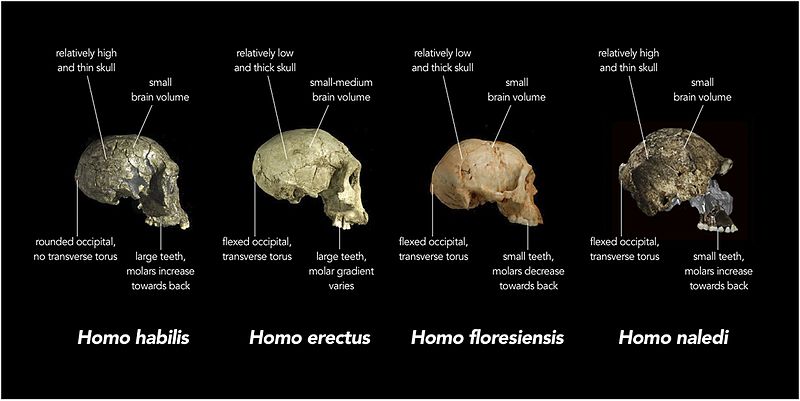فائل:Comparison of skull features of Homo naledi and other early human species.jpg

اس نمائش کا حجم: 800 × 401 پکسلز۔ دیگر تصمیمات: 320 × 160 پکسلز | 640 × 321 پکسلز | 1,024 × 513 پکسلز | 1,280 × 641 پکسلز | 2,560 × 1,283 پکسلز | 4,473 × 2,241 پکسلز۔
اصل فائل (4,473 × 2,241 پکسل، فائل کا حجم: 382 کلوبائٹ، MIME قسم: image/jpeg)
فائل کا تاریخچہ
کسی خاص وقت یا تاریخ میں یہ فائل کیسی نظر آتی تھی، اسے دیکھنے کے لیے اس وقت/تاریخ پر کلک کریں۔
| تاریخ/وقت | تھمب نیل | ابعاد | صارف | تبصرہ | |
|---|---|---|---|---|---|
| رائج الوقت | 00:58، 12 ستمبر 2015ء |  | 4,473 × 2,241 (382 کلوبائٹ) | Animalparty | User created page with UploadWizard |
روابط
درج ذیل صفحہ اس فائل کو استعمال کر رہا ہے:
فائل کا عالمی استعمال
مندرجہ ذیل ویکیوں میں یہ فائل زیر استعمال ہے:
- arz.wikipedia.org پر استعمال
- ast.wikipedia.org پر استعمال
- az.wikipedia.org پر استعمال
- bg.wikipedia.org پر استعمال
- ca.wikipedia.org پر استعمال
- ceb.wikipedia.org پر استعمال
- de.wikipedia.org پر استعمال
- en.wikipedia.org پر استعمال
- es.wikipedia.org پر استعمال
- eu.wikipedia.org پر استعمال
- fr.wikipedia.org پر استعمال
- ga.wikipedia.org پر استعمال
- he.wikipedia.org پر استعمال
- hr.wikipedia.org پر استعمال
- ia.wikipedia.org پر استعمال
- id.wikipedia.org پر استعمال
- ja.wikipedia.org پر استعمال
- kab.wikipedia.org پر استعمال
- ka.wikipedia.org پر استعمال
- kn.wikipedia.org پر استعمال
- nl.wikipedia.org پر استعمال
- nn.wikipedia.org پر استعمال
- no.wikipedia.org پر استعمال
- oc.wikipedia.org پر استعمال
- pl.wikibooks.org پر استعمال
- pt.wikipedia.org پر استعمال
- ro.wikipedia.org پر استعمال
- simple.wikipedia.org پر استعمال
- species.wikimedia.org پر استعمال
- sv.wikipedia.org پر استعمال
- tr.wikipedia.org پر استعمال
- uk.wikipedia.org پر استعمال
- vi.wikipedia.org پر استعمال
- vls.wikipedia.org پر استعمال
- www.wikidata.org پر استعمال
